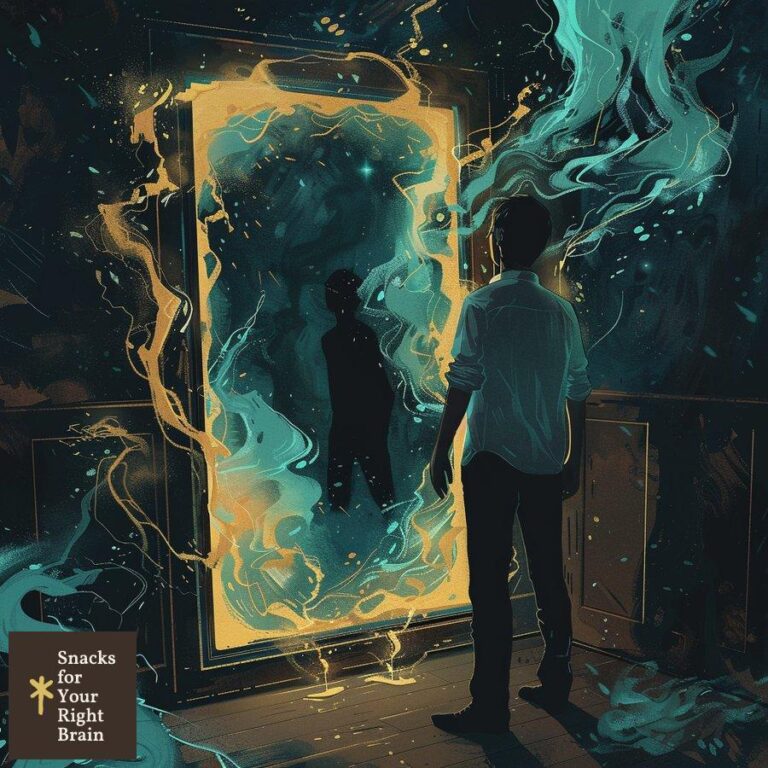Which Is the Best Example of Nonverbal Communication Writing
What is Nonverbal Communication in Writing?
Nonverbal communication in writing refers to the use of literary devices, formatting, and stylistic choices to convey meaning and emotion without relying solely on spoken language. Just as body language, facial expressions, and tone of voice play a crucial role in face-to-face communication, writers can employ various nonverbal techniques to enhance their written messages and create a more immersive experience for readers.
The Importance of Nonverbal Communication in Writing
Nonverbal communication in writing is essential for several reasons:
-
It helps writers convey emotions and tone: By using techniques like punctuation, capitalization, and word choice, writers can express the emotional state of the characters or the narrator, making the writing more engaging and relatable.
-
It creates a sense of atmosphere and setting: Descriptive language, vivid imagery, and the use of sensory details can transport readers to the world of the story, making them feel as if they are present in the scene.
-
It establishes the writer’s voice and style: Nonverbal communication techniques are often used consistently throughout a writer’s work, creating a unique voice and style that sets them apart from other writers.
-
It enhances the reader’s experience: By using nonverbal communication techniques, writers can create a more immersive and engaging reading experience, making the story more memorable and impactful.
Examples of Nonverbal Communication in Writing
Writers can use various techniques to convey nonverbal communication in their writing. Some common examples include:
-
Punctuation: The use of punctuation marks like exclamation points, ellipses, and em dashes can convey emotions, pauses, and emphasis.
-
Capitalization: Capitalizing certain words or phrases can draw attention to them and convey importance or emphasis.
-
Formatting: The use of italics, bold, or different font sizes can be used to highlight specific words or phrases and convey a change in tone or emphasis.
-
Descriptive language: Vivid descriptions of characters, settings, and actions can create a mental image in the reader’s mind and convey nonverbal cues.
-
Dialogue tags: The use of dialogue tags like “she whispered” or “he shouted” can convey the tone and volume of the character’s speech.
-
Onomatopoeia: The use of words that imitate the sounds they describe, such as “buzz” or “meow,” can create a sense of realism and immersion in the story.
-
Repetition: The repetition of certain words, phrases, or sentence structures can emphasize a point or create a sense of rhythm and flow in the writing.
-
Symbolism: The use of symbols or metaphors can convey deeper meanings and emotions beyond the literal interpretation of the words.
Best Examples of Nonverbal Communication in Writing
Ernest Hemingway’s “Hills Like White Elephants”
Ernest Hemingway’s short story “Hills Like White Elephants” is a prime example of nonverbal communication in writing. The story revolves around a couple waiting for a train at a station in Spain, and the dialogue between the two characters is sparse and ambiguous. However, Hemingway uses various nonverbal techniques to convey the underlying tension and unspoken emotions between the characters:
-
Descriptive language: Hemingway uses vivid descriptions of the setting, such as the “fields of grain” and the “hills like white elephants,” to create a sense of atmosphere and foreshadow the unspoken conflict between the characters.
-
Dialogue tags: The use of dialogue tags like “he said” and “she said” is minimal, forcing the reader to rely on the characters’ tone and body language to interpret their emotions and intentions.
-
Repetition: The repetition of certain phrases, such as “I don’t care about me” and “It’s really an awfully simple operation,” highlights the characters’ attempts to avoid discussing the real issue at hand.
-
Symbolism: The “white elephants” in the story’s title and the “beaded curtain” at the station’s bar are symbolic representations of the couple’s unspoken conflict and the weight of their decision.
Virginia Woolf’s “The Mark on the Wall”
Virginia Woolf’s short story “The Mark on the Wall” is another excellent example of nonverbal communication in writing. The story consists of a woman’s stream of consciousness as she contemplates a mysterious mark on her wall. Woolf uses various nonverbal techniques to convey the narrator’s thought process and emotions:
-
Punctuation: The use of ellipses and em dashes throughout the story conveys the narrator’s wandering thoughts and the pauses in her internal monologue.
-
Formatting: The use of italics to emphasize certain words and phrases, such as “the mark on the wall,” draws attention to their significance and the narrator’s fixation on them.
-
Descriptive language: Woolf uses vivid descriptions of the narrator’s surroundings, such as the “green shades” and the “firelight,” to create a sense of atmosphere and immersion in the story.
-
Stream of consciousness: The use of stream of consciousness allows Woolf to convey the narrator’s unfiltered thoughts and emotions, creating a sense of intimacy and immediacy for the reader.
Cormac McCarthy’s “The Road”
Cormac McCarthy’s novel “The Road” is a post-apocalyptic story about a father and son traveling through a desolate landscape. McCarthy uses various nonverbal techniques to convey the bleakness and hopelessness of the setting and the characters’ emotional state:
-
Punctuation: The lack of quotation marks around dialogue and the sparse use of commas and periods creates a sense of urgency and immediacy in the writing.
-
Formatting: The use of short, fragmented sentences and paragraphs conveys the characters’ exhaustion and the difficulty of their journey.
-
Descriptive language: McCarthy uses sparse and minimalist descriptions of the setting, such as “gray dawn” and “charred ruins,” to create a sense of desolation and hopelessness.
-
Symbolism: The “road” in the story’s title is a symbolic representation of the characters’ journey and the hope for a better future, despite the bleakness of their surroundings.
Conclusion
Nonverbal communication in writing is a powerful tool that writers can use to enhance their stories and create a more immersive and engaging reading experience for their audience. By using techniques like punctuation, formatting, descriptive language, and symbolism, writers can convey emotions, tone, and atmosphere without relying solely on spoken language. The examples of Ernest Hemingway’s “Hills Like White Elephants,” Virginia Woolf’s “The Mark on the Wall,” and Cormac McCarthy’s “The Road” demonstrate how effective nonverbal communication can be in creating memorable and impactful stories.






